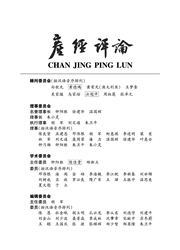

 中文摘要:
中文摘要:
从2008年金融危机之后,面对国内外要素成本的上升和跨国公司对中国的技术控制,中国的企业发展空间受到挤压。在这种环境下,利用产学研合作提升我国的自主创新能力和实现技术追赶,是可行的途径之一。但产学研合作中企业所处产业、学科知识、企业和大学组织以及发展阶段的异质性,以及企业和大学之间在信息获取、收益分配和合作目的上的不对称性,使得我国有效率的产学研合作很难实现。西方国家在解决这些问题时采取了不同的产学研合作模式,包括制度方面的创新、建立技术转移机构(TTOs)、促进大学衍生企业的发展(USOs)和创立大学科技园(STPs),这些模式对实施国产生了良好的效果,同时也为我国产学研合作模式的选择提供借鉴与参考。
 英文摘要:
英文摘要:
Since the financial crisis happened in 2008, Chinese enterprise development space has been being squeezed in the face of rising factor cost and multinational technology control. Considering this condi- tion, it is the only feasible way to enhance our independent -innovation capability and technology catching- up implementation. However, heterogeneity exists in enterprise production, academic knowledge, organiza- tion, and developmental stage, and so does asymmetry in information acquisition, income distribution and co- operation purpose. This makes it difficult to realize efficient production - learning - research link. Western countries take different Cooperative Modes to cope with such issues. They innovate systems, establish Technol- ogy Transfer Organizations ( Tl'Os), promote University Spin - offs ( USOs), and create Science and Technol- ogy Parks ( STPs). These modes bring good results and provide a new perspective for us in production - learn- ing- research link mode selection.
 同期刊论文项目
同期刊论文项目
 同项目期刊论文
同项目期刊论文
 期刊信息
期刊信息
